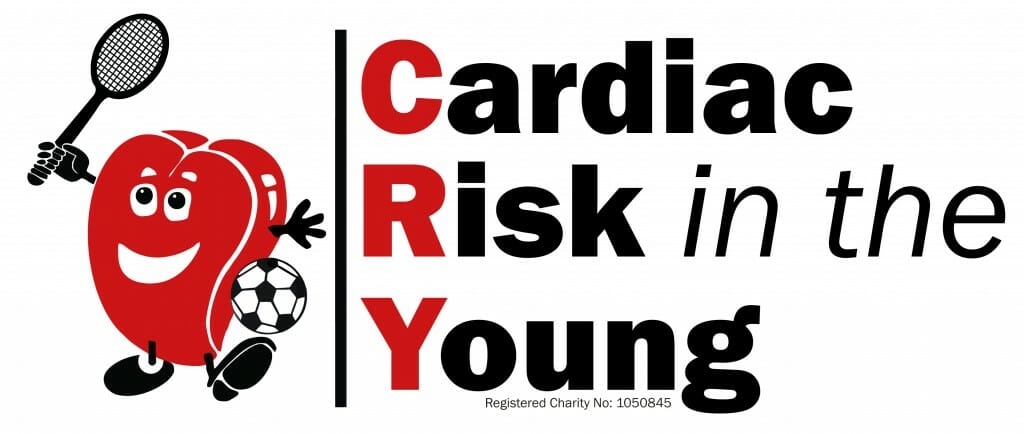CRY’s myheart cardiologist, Professor Michael Papadakis, talks about why you would not be allowed to play contact sports if you have an ICD.

For individuals who have intracardiac defibrillators, it’s very important that they take particular precautions relating to the sports that they choose to do. First of all, it’s very important to remember that when someone gets an ICD, they do get the ICD for a reason, and that reason is because they’ve been considered to be at significant risk of a fatal arrhythmia due to the underlying condition they’ve got. As such, the ICDs should not act as a license to do any sport at any intensity, just because you’ve got that extra precaution on board. And, the advice would, predominantly, be based on the underlying condition. The second important point is that when you’ve got an ICD you need to make sure that you protect it. So, in the majority of individuals, the ICDs will lie, either under the left or the right collar bone, which essentially means that the ICD may be at risk if you do high-intensity contact sports. So that needs to be taken into consideration when you choose what sort of sport you want to do, because you need to avoid causing any damage to the battery, the box of the ICD itself, and obviously causing any damage to the leads that will put you at risk of either the ICD misfiring or requiring it to have another look at it, or even replace it and subject that individual to a second procedure.
